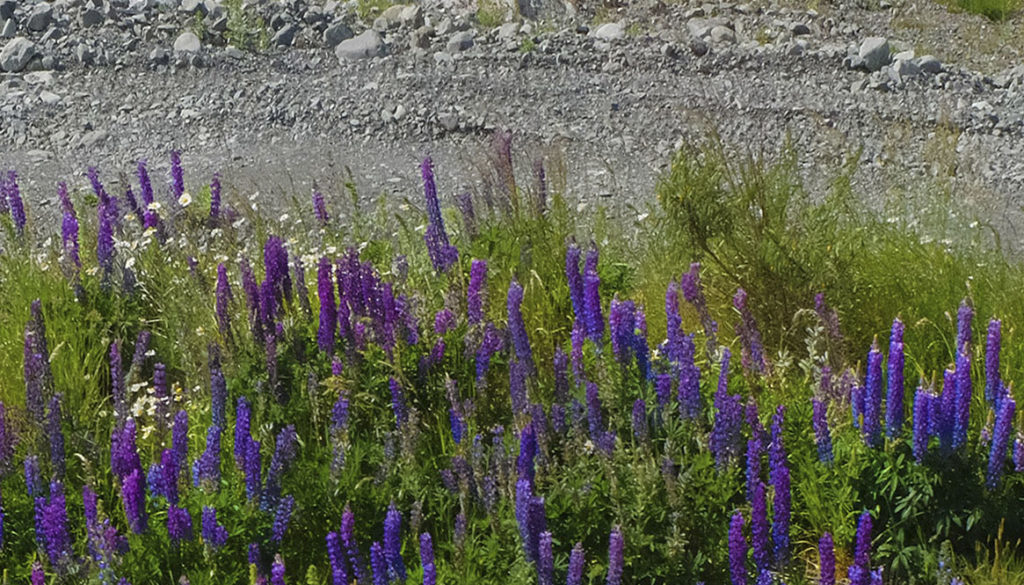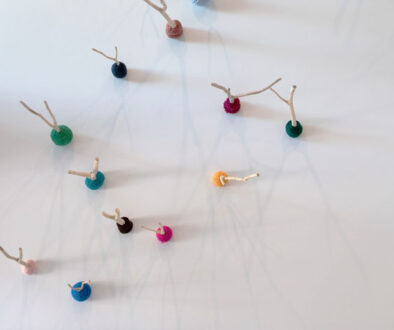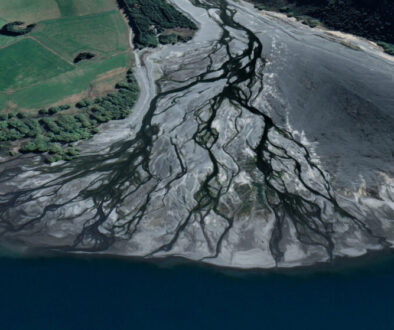Russell lupins
The New Zealand Merino Company (NZMCo) with funding from The Ministry for Primary Industries’ Primary Growth Partnership, has commissioned Lincoln University to trial Russell lupins as a fodder crop and stabilizer of soil as they tolerate aluminium levels toxic to Lucerne.
Russell lupins may have potential value as a fodder crop, but they also pose a huge threat to native biodiversity, particularly in and around braided riverbeds and dryland ecosystems. They threaten these ecosystems by displacing native plant species and colonizing open gravel areas that are important nesting habitat. This puts the entire ecosystem, including the threatened native birds that nest on the rivers, at risk.
In the upper Rangitata for example, several organisations including the local Landcare group, DOC, Environment Canterbury, and Land Information NZ have spent hundreds of thousands of dollars and more than 30 years controlling Russell lupins as part of a wider weed control effort. The challenge now is to identify and avoid planting in high-value environmental areas, and in other areas to find if there is a way to manage Russell lupin on farmland so that they don’t spread as this is not what anyone wants to see.
The New Zealand Merino Company is currently working on a management protocol for Russell lupin management in collaboration with? Environment Canterbury. The protocol will aim, among other things, to minimise environmental damage from lupin planting.
Read a little more about the Russell lupin debate here.




